FDA granted accelerated approval to tazemetostat for follicular lymphoma
On June 18, 2020, the Food and Drug Administration granted accelerated approval to tazemetostat (TAZVERIK, Epizyme, Inc.), an EZH2 inhibitor, for adult patients with relapsed or refractory (R/R) follicular lymphoma (FL) whose tumors are positive for an EZH2 mutation as detected by an FDA-approved test and who have received at least 2 prior systemic therapies, and for adult patients with R/R FL who have no satisfactory alternative treatment options.
Today, the FDA also approved the cobas EZH2 Mutation Test (Roche Molecular Systems, Inc.) as a companion diagnostic for tazemetostat.
Approval was based on two open-label, single-arm cohorts (Cohort 4 – EZH2 mutated FL and Cohort 5 – EZH2 wild-type FL) of a multi-center trial (Study E7438-G000-101, NCT01897571) in patients with histologically confirmed FL after at least 2 prior systemic therapies. EZH2 mutations were identified prospectively using formalin-fixed, paraffin-embedded tumor samples, which were centrally tested using the cobas® EZH2 Mutation Test. Patients received tazemetostat 800 mg orally twice daily until confirmed disease progression or unacceptable toxicity.
Efficacy was based on overall response rate (ORR) and duration of response (DOR) according to the International Working Group Non-Hodgkin Lymphoma criteria as assessed by an independent review committee. ORR in 42 patients with EZH2 mutant FL was 69% (95% CI: 53%, 82%), with 12% complete responses and 57% partial response. Median DOR in these patients was 10.9 months (95% CI: 7.2, NE). The ORR in 53 patients with EZH2 wild-type FL was 34% (95% CI: 22%, 48%), with 4% complete responses and 30% partial responses. Median DOR was 13 months (95% CI: 5.6, NE).
The most common (≥20%) adverse reactions in patients with follicular lymphoma included fatigue, upper respiratory tract infection, musculoskeletal pain, nausea and abdominal pain. Serious adverse reactions occurred in 30%, most often from infection. Second primary malignancy was the most common reason for treatment discontinuation (2% of patients). The prescribing information includes a warning and precaution for secondary malignancies.
The recommended tazemetostat dose is 800 mg taken orally twice daily with or without food.
View full prescribing information for TAZVERIK.
These indications are approved under accelerated approval based on overall response rate and duration of response. Continued approval for these indications may be contingent upon verification and description of clinical benefit in a confirmatory trial(s).
This application was granted priority review and Fast Track designation. A description of FDA expedited programs is in the Guidance for Industry: Expedited Programs for Serious Conditions-Drugs and Biologics.
Healthcare professionals should report all serious adverse events suspected to be associated with the use of any medicine and device to FDA’s MedWatch Reporting System or by calling 1-800-FDA-1088.
For assistance with single-patient INDs for investigational oncology products, healthcare professionals may contact OCE’s Project Facilitate at 240-402-0004 or email OncProjectFacilitate@fda.hhs.gov.
